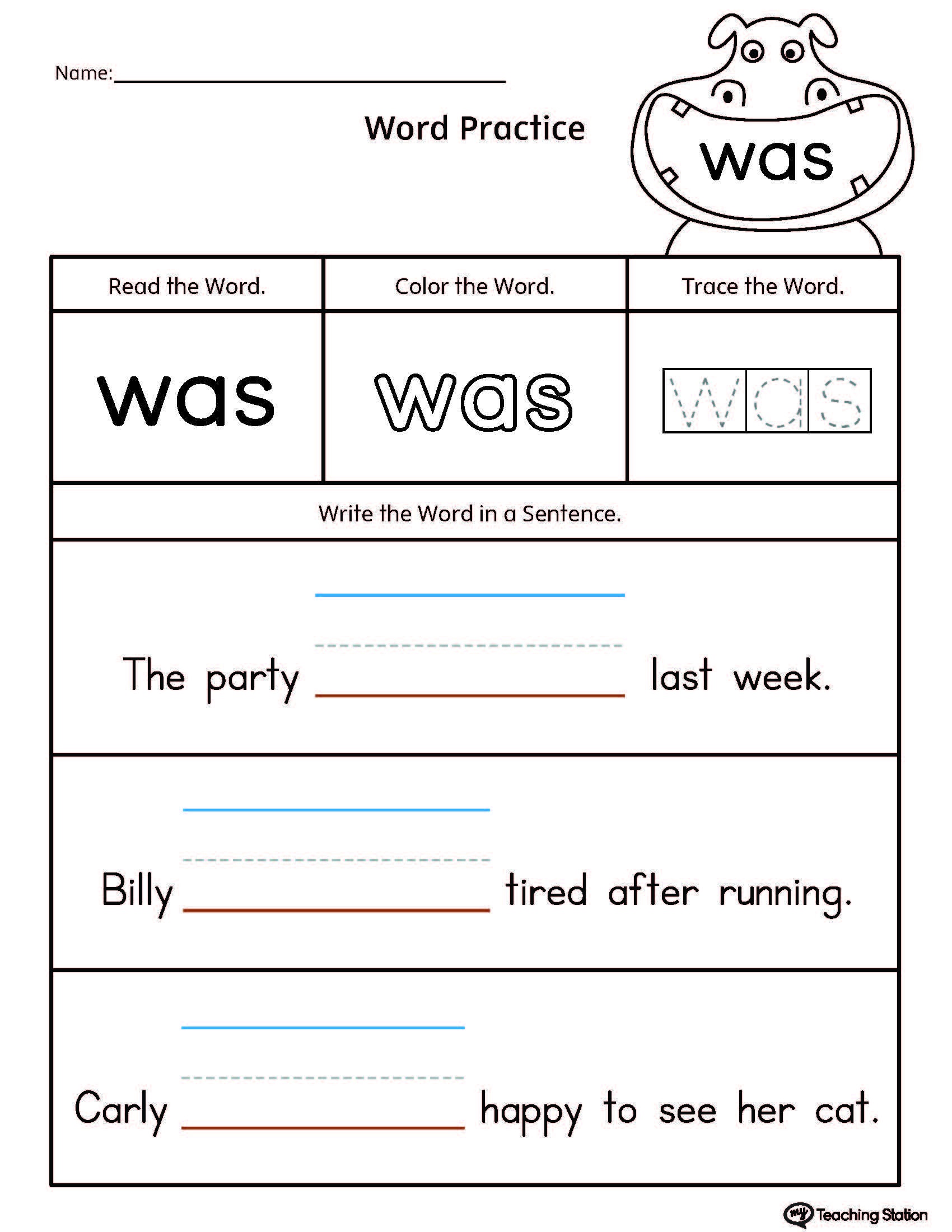

Next there are vocabulary cards that can be used in a pocket chart or as book marks when finding the words in the book. I have included 3 different versions of the vocabulary so that you can introduce it however you see fit. Therefore, the lessons begin with building vocabulary. In kindergarten, forming a basic understanding of the language that is used in a book before you begin reading can make a big difference in understanding. It is the perfect non-fiction book, because it helps build understanding of the relationship between a panda sanctuary and their own classroom and playground! Vocabulary Panda Kindergarten is the second book in the Kindergarten Reading Comprehension Curriculum. They can take this home and retell the story to their family! Book 2: Panda Kindergarten

For this book, students build a wheel that shows the order of events from the book. Final CraftĮach week culminates in a craft that allows students to practice one of the concepts learned in the week. They come in 3 steps, 4 steps and 5 steps. I’ve included these Put the Pictures in Order games that can be practiced throughout the rest of the units. This poster allows students to practice identifying these parts using moveable pieces. Parts of a Bookīefore reading the book, students should be familiar with the parts of a book: title, pages, spine, front cover, back cover, author, and illustrator or photographer. These questions help students think deeper about the text. I’ve made book marks with prompting questions that you can use as you are reading the text aloud to your students. Lesson PlansĮach book has 4 lessons that can be taught throughout the week. There are countless reasons why If You Give a Mouse a Cookie is a favorite in Kindergarten classrooms! It offers a great introduction to learning the elements of a fiction book. However, the rest of the week can be taught in any order. Note that the first 2 weeks should be taught first, because these weeks introduce topics that will be reviewed in later weeks. Here is the scope that outlines the books in each week. Quarter 1 includes the first 9 weeks of the curriculum.

This comprehensive Kindergarten reading comprehension curriculum is made up of 36 weekly books. Furthermore, students will learn to make connections between what they are reading and what they already know, while thinking deeply about what they have read. Building vocabulary will hold a strong focus throughout the curriculum, helping students gain a deeper understanding of what they are reading. Throughout the curriculum, students will be exposed a variety of reading comprehension strategies through non-fiction and fiction texts.

Therefore, I’ve been working hard to create a Kindergarten Reading Comprehension Curriculum to help maximize reading understanding and minimize the teacher’s workload! Nonetheless, teaching these reading comprehension skills at an early age is a vital part of overall reading success throughout a child’s school career. Teachers frequently find it difficult to implement quality reading comprehension strategies for fiction and non-fiction texts.
#Sight word reading passages for kindergarten how to#
While teaching kindergarten students how to read with phonics and sight words, reading comprehension in kindergarten often gets less focus in the classroom.


 0 kommentar(er)
0 kommentar(er)
